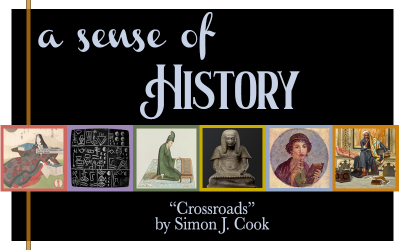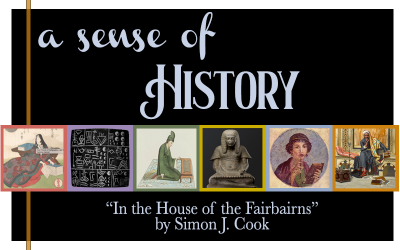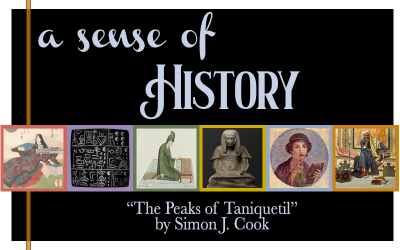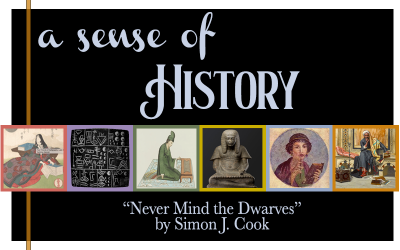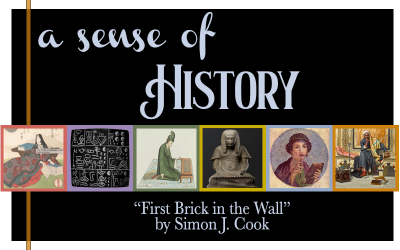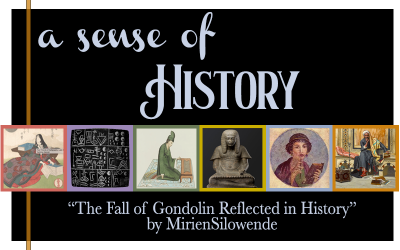A Sense of History: Doom and Ascent
Oct. 13th, 2024 09:28 am
In July 2023, we published the first in a series of posts by Simon J. Cook as part of our A Sense of History column that considered Tolkien's lecture-turned-essay "Beowulf: The Monsters and the Critics," looking especially at the well-known tower allegory that Tolkien used to describe the state of Beowulf criticism in 1936, when the lecture was first given.
Since that time, Simon has looked at individual elements in that allegory, considered critical reception of them, and ultimately connected them back to Tolkien's work on the legendarium. This month's essay is the final in the series and brings all of the smaller pieces together into a coherent interpretation of the tower allegory, one that pushes against long-established readings by scholars of both Beowulf and Tolkien. By using Tolkien's allegories of the tower and the rock garden, Simon creates a metaphorical map for how the various elements of both Beowulf and the legendarium are both physically and symbolically situated.




